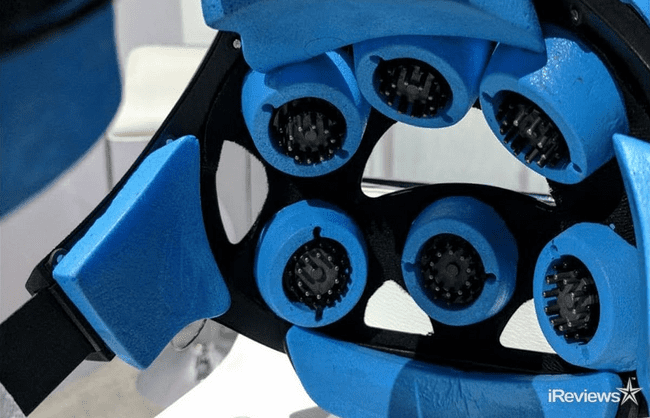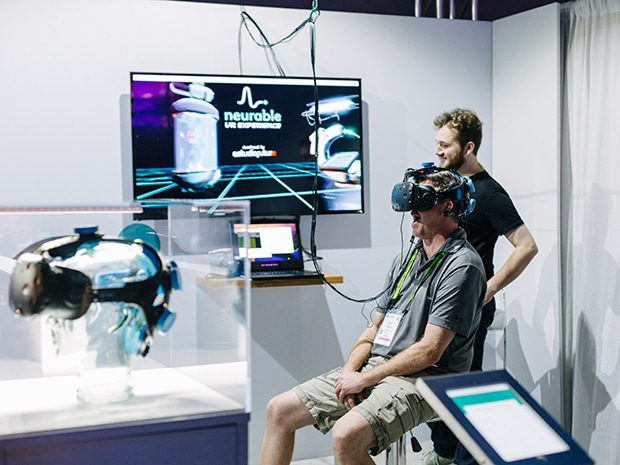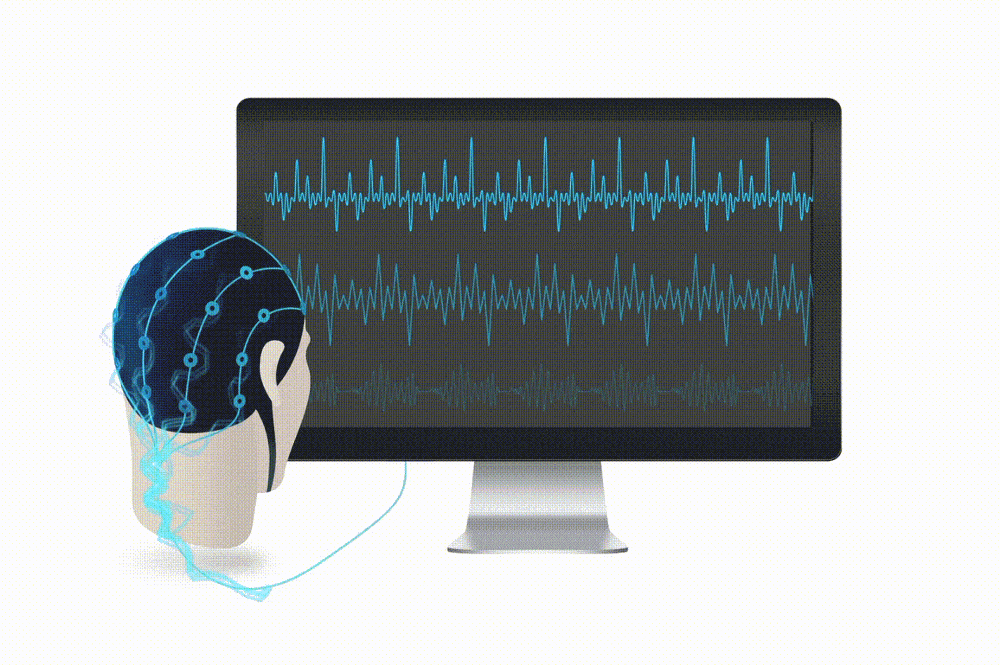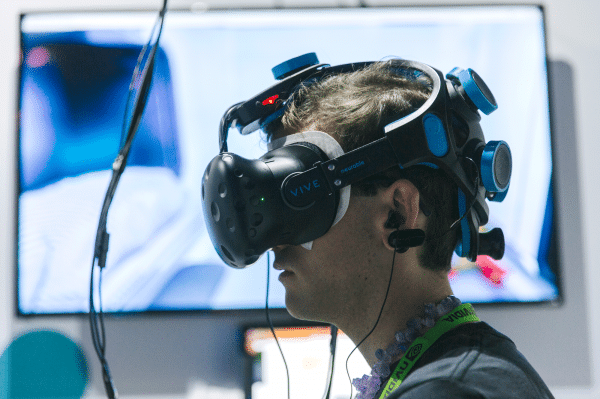Neurable Allows You to Control Virtual Reality With Your Brain

Neurable, a Boston-based startup, recently debuted a part of their virtual reality (VR) game in the works. But this sci-fi game, Awakening, is no ordinary VR game. To play, you use your mind to control objects. The demo is an actual realization of neuroreality, an emerging field that could revolutionize the way we interact with machines.

Science Fiction Makes Science Future
“Neurable is offering a first look at a product that is without precedent in modern tech: a brain-computer interface for virtual reality.” – Michael Thompson, Vice President of Neurable
Neuroreality is the merging of brain-computer interfacing (BCI) and augmented reality (AR) or virtual reality. By altering one’s perception of reality through this mixture of the two fields, a variety of things become theoretically possible. Roller coaster simulations, organizing your schedule, or playing a horror-survival VR game are all almost a thought away.
Neurable believes that we should be able to literally rethink how we experience the digital world. They want to make it possible to use AR or VR with only your brain. Their main work revolves around developing a BCI to be used with the next generation of computing platforms.

Founded in 2016, the Boston-based company of 13 employees initially raised $2 million to start making neuroreality a reality. Neurable CEO Ramses Alcaide tells the story best: We raised our initial $2 million by putting an EEG headset on people’s heads, [putting them in front of a computer screen], and saying, ‘Drive this car around with your mind and see how easy it is.’ And now we’re doing it with VR headsets.”
With their VR demo showing off the plausibility of a brain-controlled game, Neurable is gaining lots of attention fast. But although it’s certainly a good way of gettings the mainstream media’s attention, VR games are not Neurable’s end goal.
“Gaming is the most exciting application. But the most valuable one is as a UX/UI platform. Right now, if you try to do anything like typing or dealing with high-density data in virtual reality, it doesn’t work well. But BCI will allow VR to become that computing platform.”
– Ramses Alcaide
Replacing “Point and Click” with “Look and Think”
Neurable’s preview of Awakening at SIGGRAPH 2017 in Los Angeles took the annual conference about computer graphics and animation by surprise. The sci-fi BCI VR game, developed in conjunction with eStudiofuture, resembles the ultra-popular Netflix show Stranger Things in concept.

You play as a child imprisoned in a secretive government lab and subjected to experiments. These experiments have bestowed you with telekinetic powers that you must now use to fight your way out of the lab. Escaping your cell and battling robot guards are a few of the obstacles standing in your way during the brain-controlled demo. Alphabet blocks and balloons are some of the various objects you can interact with.
“The old rules of point-and-click no longer apply. Immersive computing demands a new approach to human-computer interaction.”
– Michael Thompson
Getting Your Thoughts in Order
After a short calibration and training process, most users reported that picking up and throwing virtual objects with their mind was uncannily seamless. The calibration only took a few minutes, but Alcaide has mentioned one of the current company goals is to eliminate the initiation introduction altogether so players can start playing instantly. Calibration used to last ten minutes not too long ago.

When combined with standard BCI techniques and equipment, Neurable’s machine learning platform is able to analyze your brain signals in real-time and figure out what should happen in the virtual environment. Neurable made it so that the average VR user could start hurling objects with their mind in no time. All they need to do is switch out the head straps on their HTC Vive with Neurable’s electrode-covered headband.
Melding Mind with Machine
Neurable hopes to finish Awakening later this year and secure deals for the game to be placed in VR arcade companies next year. They will also continue their work in brain-controlled user interfaces for a variety of industries.
“Gaming is an exciting forum for experimenting with new technology, but the applications for BCIs extend far beyond entertainment. As AR/VR devices move from early adopters to broader use cases in health, education, industry and more, interfaces will evolve to support more complex tasks… Imagine the productivity revolution that a high-performance, non-invasive, intuitive BCI would unleash in mixed reality.”
– Michael Thompson
Neurable sees neuroreality as a ubiquitous part of our future. They anticipate that AR/VR headset makers will start incorporating BCI sensors into their products because of the demand for mixed reality interfaces. Neurable also believes that BCI will be an integral part of an ecosystem that utilizes eye movement, voice, and gestures to make interaction with machines more intuitive.
Neurable isn’t the only company placing their bets on BCI. Lots of startups and major tech companies have a lot invested in this technology. That’s great because most of the current BCI hardware is too clunky to be a practical means of interaction.

Neurable is not waiting for the rest of the pack to help with the revolution though. They have distilled their machine learning pipeline into an SDK compatible with Unity. Developers familiar with this famous game development platform can easily start using brain signals as a control input. If you’d like to join the neuroreality revolution and create a unique brain-controlled experience, visit Neurable’s Developer page.
Sources: MIT Technology Review, IEEE Spectrum, VentureBeat





